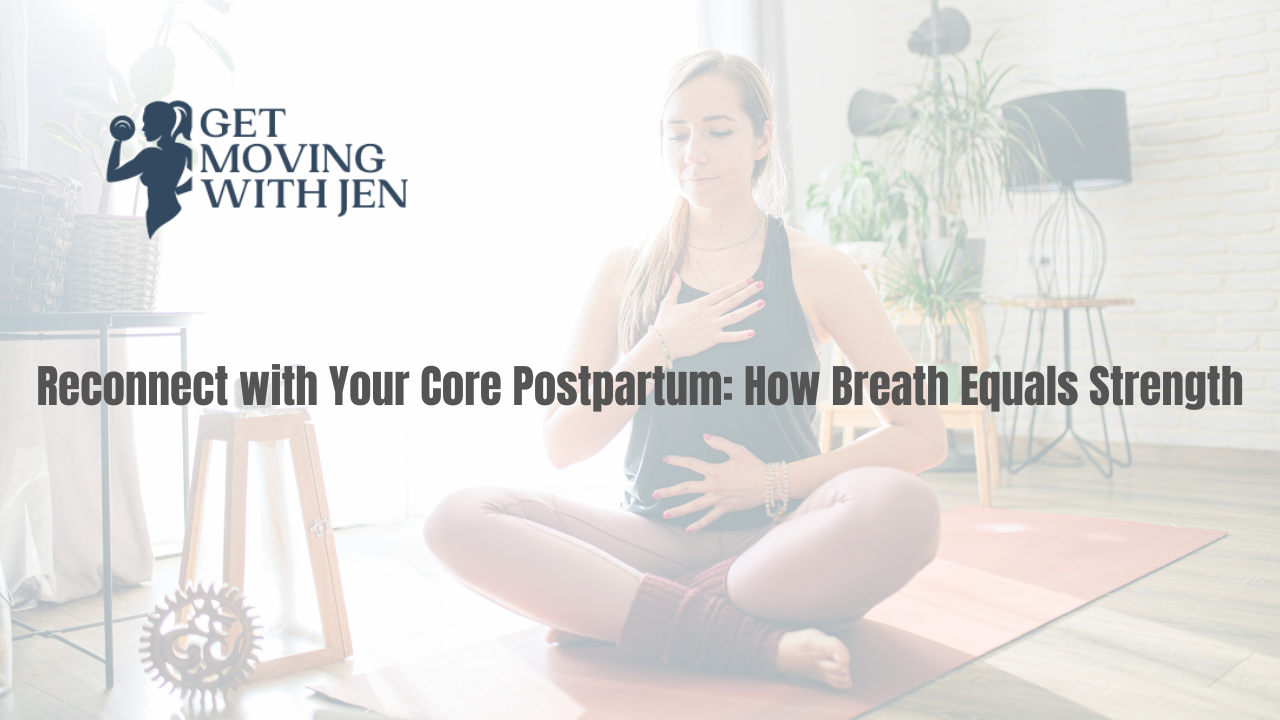Why Touching Your C-Section Scar is Important: Healing Your Body and Mind
If you’ve had a C-section, you might have complicated feelings about your scar. Maybe it feels numb, tingly, or even painful. Maybe you don’t want to look at it or touch it because it reminds you of a birth that didn’t go as planned. You’re not alone—many moms feel this way. But here’s the thing: touching your scar can actually help you heal, both physically and emotionally.
Your Scar and Your Body: Reconnecting Through Touch
When you have surgery, tiny nerves in the area are cut. This can leave the skin feeling strange—numb in some places, extra sensitive in others. By gently touching your scar, you’re helping those nerves wake up again and reconnect with your brain. Over time, this can reduce discomfort and make the area feel more like “you” again.
Touching your scar can also help prevent stiffness and tightness. Scar tissue can sometimes stick to deeper layers of skin and muscle, making m
...
















